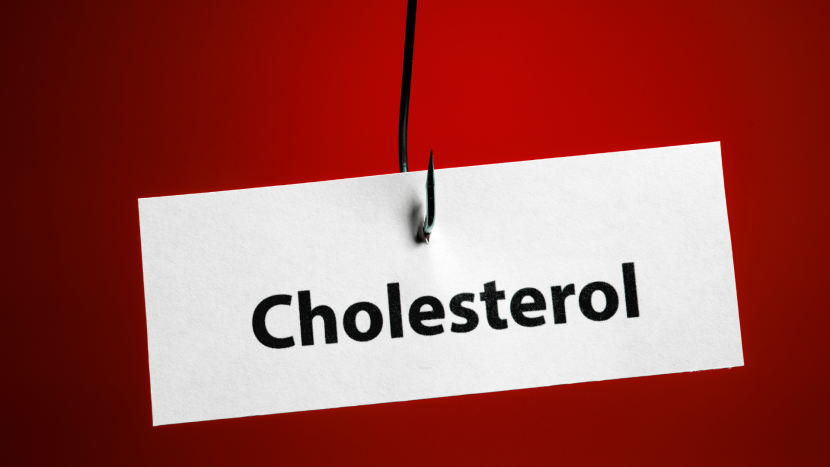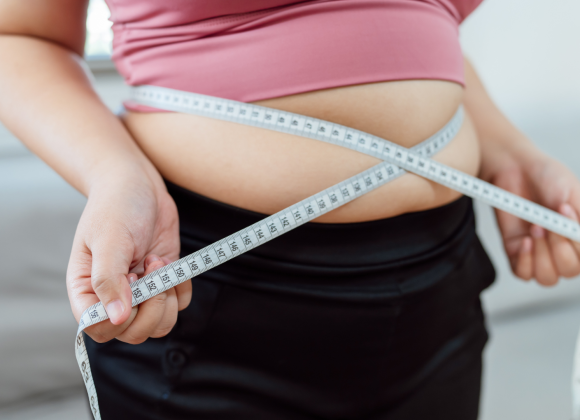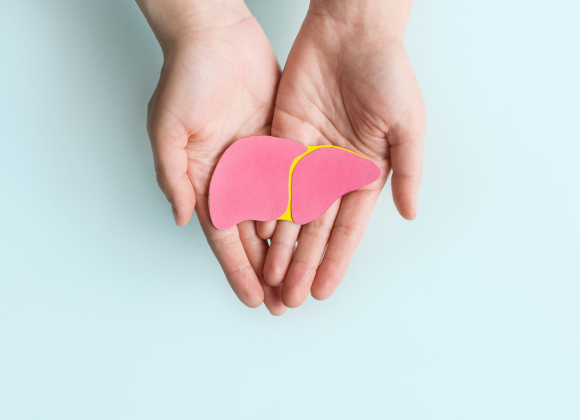Cholesterol plays a vital role in your body, but too much of the wrong kind can spell trouble. High cholesterol is a major risk factor for heart disease, stroke, and blocked arteries. The good news? There are safe, natural, and proven ways to lower your cholesterol, without necessarily needing medication.
In this blog, we’ll explore the causes of high cholesterol, the difference between “good” and “bad” cholesterol, and science-backed lifestyle changes you can start today to bring your numbers down.
What Is Cholesterol?
Cholesterol is a waxy, fat-like substance found in your blood. Your body needs it to build cells and produce hormones. Still, too much low-density lipoprotein (LDL) cholesterol, often referred to as “bad cholesterol,” can lead to plaque buildup in your arteries.
There are two main types:
- LDL (Low-Density Lipoprotein): “Bad” cholesterol that clogs arteries
- HDL (High-Density Lipoprotein): “Good” cholesterol that removes excess LDL
What Causes High Cholesterol?
Several factors can contribute to elevated LDL levels:
- A diet high in saturated and trans fats
- Sedentary lifestyle
- Obesity or being overweight
- Smoking
- Excess alcohol consumption
- Genetics (familial hypercholesterolemia)
- Chronic conditions like diabetes or thyroid disorders
How to Lower Cholesterol Naturally
1. Eat Heart-Healthy Foods

Certain foods can actively help lower LDL cholesterol levels. Soluble fiber, found in oats, lentils, apples, and flaxseed, binds to cholesterol in the digestive tract, helping to eliminate it from the body. Omega-3 fatty acids, present in foods like salmon, walnuts, and chia seeds, help lower triglyceride levels and support heart health. Nuts and seeds are rich in plant sterols, which reduce the absorption of cholesterol in the intestines. Additionally, replacing saturated fats like butter with healthier options such as olive oil or avocado oil can further support improved cholesterol levels.
👉 Harvard Health – Foods That Fight Cholesterol
2. Get Active

Exercise increases HDL (good) cholesterol and helps maintain a healthy weight. Try:
- Brisk walking
- Swimming
- Cycling
- Yoga or strength training
Aim for at least 150 minutes of moderate exercise per week.
3. Quit Smoking

Stopping smoking improves HDL levels, lowers blood pressure, and reduces your risk of heart disease—even if you’ve smoked for years.
👉How to Quit Smoking Naturally: Your Complete Guide
4. Limit Alcohol

Drinking in moderation may benefit HDL, but excess alcohol raises triglycerides and liver fat. Stick to:
- 1 drink/day for women
- 2 drinks/day for men
5. Lose Extra Weight

Even a 5–10% weight loss can significantly reduce cholesterol and triglyceride levels. Focus on portion control, high-fiber foods, and mindful eating.
When Diet and Lifestyle Aren’t Enough
For some people—especially those with genetic conditions—lifestyle changes may not be enough. Your doctor may prescribe statins or other cholesterol-lowering medications to reduce your risk of heart attack and stroke.
How to Track Your Progress
Regular blood tests (lipid panels) can help monitor your progress. Look for:
- LDL below 100 mg/dL (ideal)
- HDL above 60 mg/dL
- Total cholesterol below 200 mg/dL
- Triglycerides below 150 mg/dL
Final Thoughts
Lowering your cholesterol doesn’t require a complete life overhaul. With consistent, sustainable habits, you can dramatically reduce your LDL, boost your HDL, and protect your heart for the long term.




